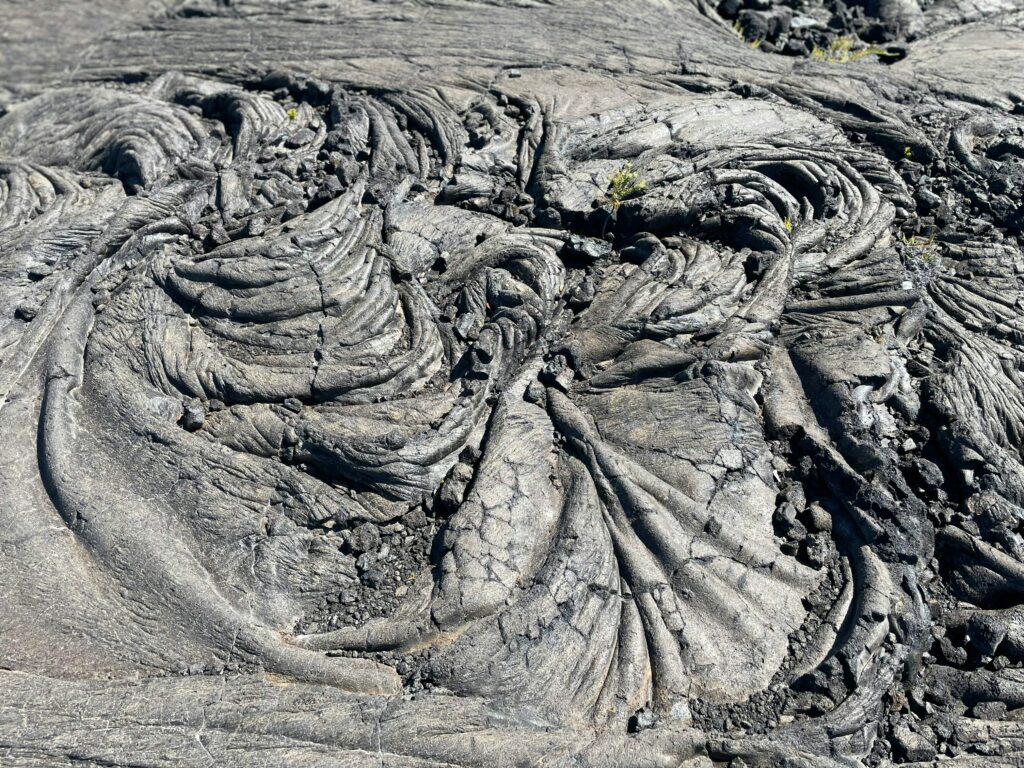
An international team of researchers led by the National Institute of Geophysics and Volcanology (INGV), in collaboration with Roma Tre University and Université de Genève, is investigating the volcanic activity of Campi Flegrei, within the multidisciplinary project called “LOVE-CF” (Linking surface Observables to sub-Volcanic plumbing-system: a multidisciplinary approach for Eruption forecasting at Campi Flegrei caldera, Italy), funded by INGV.
The objective is understanding if the progressive increase in seismic activity, ground deformation and gas emission, observed in 2007 due to bradyseism, is related to the movement or accumulation of magma in depth, to trace the evolution of these phenomena. According to experts, who have been using advanced techniques, the volcano showed signs of a progressive accumulation of magma at relatively shallow depths, between 6 and 4 kilometres.
The study results, reported in the paper entitled “Tracking the 2007-2023 magma-driven unrest at Campi Flegrei caldera (Italy)” in Nature – Communications of Earth and Environment, provide a clear picture of the current situation of this volcano, which is located in a highly populated area west of Naples.
The analysis highlights that the ascent of magma to depths less than 8 km is the main driver of the ongoing activity, characterised by a constant lifting of the ground, from 2006 to today. The rise of magma and magmatic gases has contributed to the intensification of seismic activity and increase in gas emission, particularly in the Solfatara area, which iconographically represents one of the main volcanic manifestations of the caldera.
Experts warn that, although there are currently no signs of an imminent eruption, however, the possible continued accumulation of magma and the increase in pressure underground represent a risk that must continue to be monitored and managed with great care.

